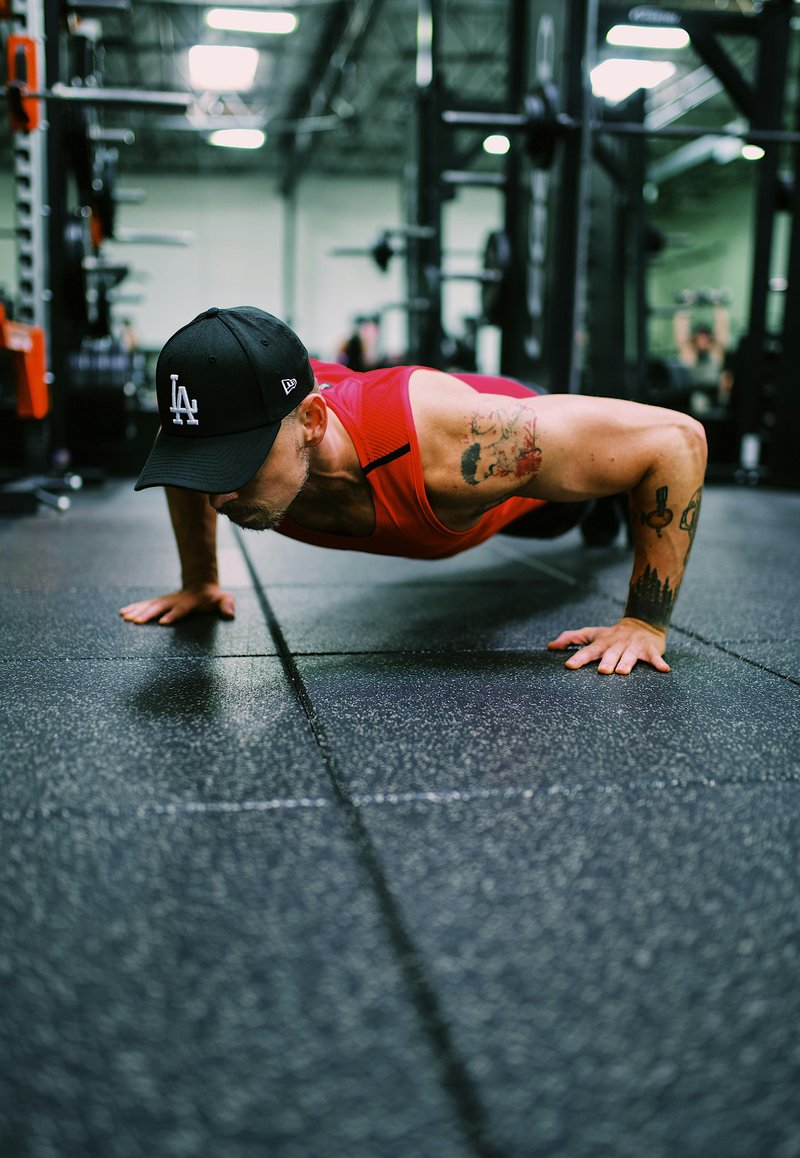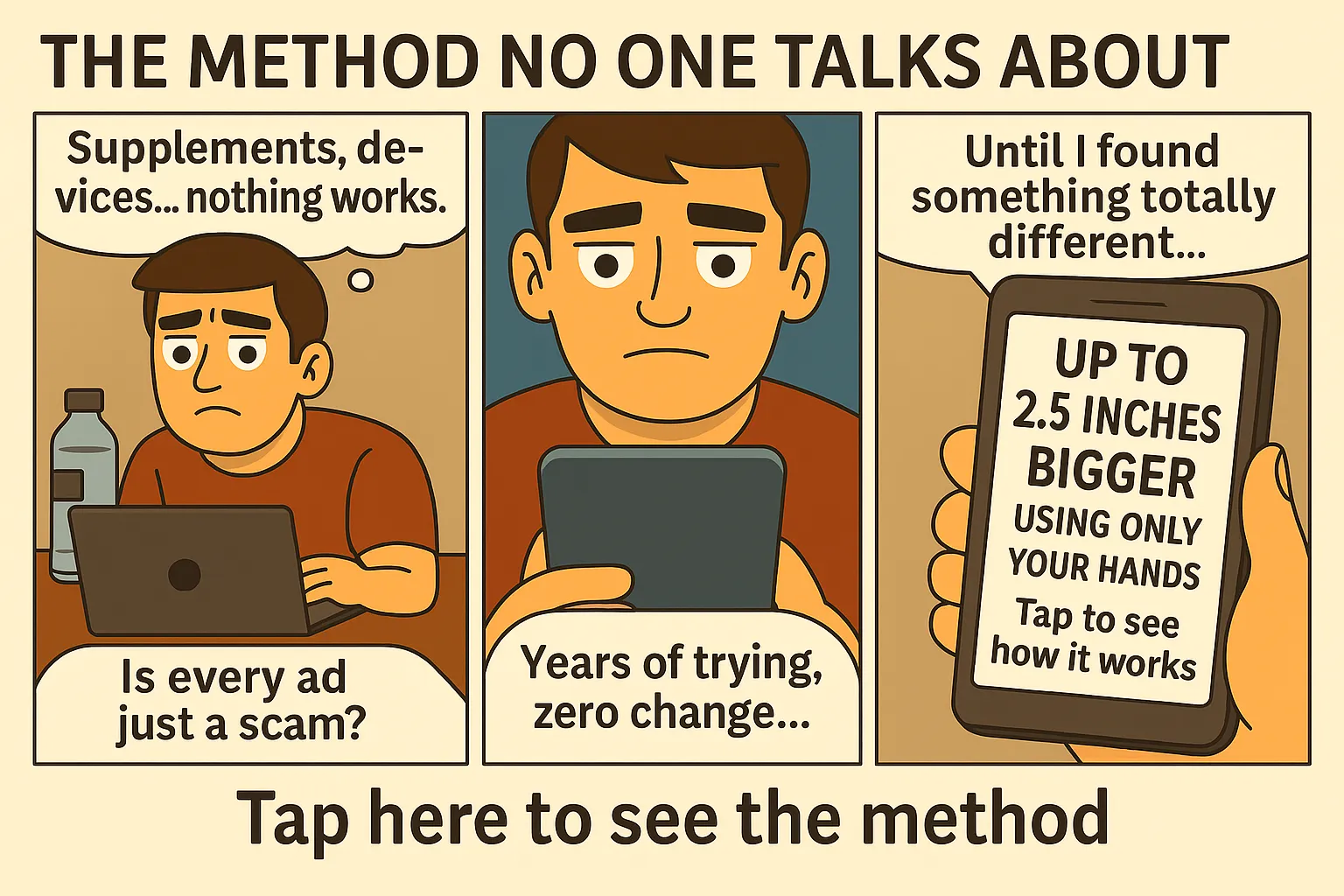Everyday Angle Mistakes That Make You Look Worse (and How to Fix Them)
You don’t need filters to look better—you need angles. Most guys don’t realize how much their face can change depending on camera position, lighting, and posture. If you want to avoid bad angles that ruin your appearance, this is the ultimate guide to looking sharp from every direction.
Why Some Angles Make You Look Worse
Bad angles distort proportions, exaggerate asymmetry, and add width to your face. Whether it’s on camera or in person, your angles tell a story about your structure, confidence, and presence.
The Most Common Bad Angles (And How to Fix Them)
- Low camera angles: Emphasize the chin and nostrils. Always shoot from slightly above eye level.
- Overhead lighting: Casts shadows that flatten features. Use soft, direct light at face level.
- Flat side profile: Shows facial flaws without depth. Angle your head at ¾ for better symmetry.
Posture = Power
Standing or sitting with poor posture (chin tucked, neck forward) creates double chins and ruins your jawline. Always align your spine, push your chin forward slightly, and keep your shoulders back.
Master the 3 Angles That Make Every Face Look Better
Forget filters. Mastering these angles instantly improves your face in any setting—photos, videos, or real life.
1. The ¾ Angle
This is the holy grail. By turning your face 10–30 degrees away from the camera, you create depth and reduce flatness. It hides asymmetries and slims the cheeks—perfect for selfies, video calls, or portraits.
2. Chin Forward and Down
Push your chin slightly forward and tilt your head down a few degrees. This elongates the neck and sharpens the jawline. It’s subtle—but it makes a massive difference in reducing double chin and highlighting structure.
3. Eye-Level or Slightly High Camera
Position the camera right at eye level or slightly higher to avoid the dreaded “up-the-nose” shot. This softens facial features and makes you appear more dominant, not slouched or tired.
Bad Angles to Avoid in Daily Life
You’re not just on camera—you’re being seen every day. Here are real-life scenarios where bad angles kill your image:
- Leaning over your phone: Creates double chin and round face.
- Sitting hunched at your desk: Weakens your jawline and neck angle.
- Slouching in social settings: Projects insecurity and rounds the face unnaturally.
How Lighting Affects Perceived Angles
Light creates shape. If you want to avoid bad angles, understand how lighting can be your biggest ally—or your worst enemy.
Front-Facing Soft Light
Ideal for clarity. It removes shadows and smooths your skin. Best used for selfies or direct communication.
Side Light for Definition
Side lighting sculpts the cheekbones and adds definition. It’s great for highlighting depth and angles, especially in photos.
Backlight = Bad
When the light is behind you, your face gets lost in shadow. It flattens your structure and creates low-contrast images—especially bad in video calls or profile pictures.
Tools That Help Correct Bad Angles
If you’re struggling with face shape or structure, a few tools can help you train angles naturally:
- Mewing: Correct tongue posture sharpens your jawline over time. Keep tongue pressed to roof of mouth, lips sealed, and teeth lightly touching.
- Neck workouts: Strengthen neck and trap muscles to improve head position and posture.
- Posture trainer: Wearable reminders to avoid forward-head posture, one of the worst angle killers.
Use the Camera as a Training Tool
Want to fix your bad angles? Practice. Open your front camera and test poses. Try different lighting, angles, and postures. Over time, you’ll instinctively position yourself to highlight your best features.
Daily Exercise:
Take 3 selfies daily—head on, ¾ angle, and side profile. Review and correct. This trains awareness and gives you the tools to adapt on the fly.
Common Mistakes That Worsen Your Angles
Even good-looking guys ruin their appearance by making these angle-killing mistakes. Learn what to avoid:
Over-Smiling
Forced wide smiles stretch your face horizontally, making it appear wider or bloated. A subtle smile or neutral confident expression usually photographs better.
Eyes Too Wide Open
When you stare too hard at the camera, your eyes can appear bugged out—this throws off facial balance. Instead, try a soft gaze with slight squinting (“smize”).
Neck Pulled Back
This is a posture disaster. It creates a double chin and curves the spine forward. Always elongate your neck and push the chin forward slightly.
Psychological Impact of Facial Angles
Angles don’t just change how you look—they change how you’re perceived. Sharper angles communicate strength, symmetry, and clarity. Bad angles make you seem unsure, tired, or out of shape—even when you’re not.
First Impressions
In job interviews, dating apps, or even friend circles, your facial presentation is judged in milliseconds. A strong angle sets the tone before you say a word.
Improve Your Angles on Video Calls
Zoom fatigue isn’t just real—it’s visible. Here’s how to appear confident, defined, and alert during calls:
- Raise Your Laptop: Use a stand or books to lift your webcam above eye level.
- Sit Back: Don’t lean into the screen. Sit upright with your head slightly angled.
- Use a Ring Light: It softens your face and reduces harsh shadows, even in dark rooms.
Other Articles to Shape Your Face Game
One Final Fix That Changes Everything
Want to level up your angles for good? Start improving your facial structure. The fastest way to see visible changes is to reduce facial fat and boost your jawline. You can do this through a combination of posture, diet, grooming, and facial training.
Before and After: The Angle Difference
You don’t need editing apps to see a glow-up. These simple changes in angle and posture create visible transformation:
| Bad Habit | Correction |
|---|---|
| Camera below eye level | Raise camera slightly above eye line |
| Neck pulled back | Chin forward and down |
| Harsh downlight | Use front-facing soft light |
| Flat face to camera | ¾ angle with shadow depth |
| Head tilt off-balance | Keep jawline aligned with neck |
Mistaken Beliefs About Looking Good on Camera
“Good angles are only for models”
Wrong. Angles are physics and structure—not modeling. Every man can learn how to control light, posture, and camera position to radically upgrade their image.
“Filters fix everything”
Filters often highlight the wrong areas or blur important features. They don’t fix poor posture or a double chin. Real mastery is angle control, not fake gloss.
“There’s nothing I can do about my face shape”
False. Your face shape can shift subtly with fat loss, muscle tone, posture, and even skincare. Grooming and angle mastery enhance what you already have.
Angle Training Challenge (7 Days)
Want to fix your angles permanently? Commit to this challenge:
- Day 1: Test 5 selfies from different angles. Analyze the best one.
- Day 2: Film a 30-sec video adjusting posture and chin position.
- Day 3: Practice mewing and breathing with tongue posture.
- Day 4: Use side lighting for 3 photos and compare to direct flash.
- Day 5: Record a Zoom video with new posture settings.
- Day 6: Trim your beard or stubble to match jawline shape.
- Day 7: Retake photos from Day 1. Compare, and keep your best angle daily.
Related Topics for a Sharper Look
Final Words: Avoid Bad Angles, Reveal a Powerful You
Fixing your angles is one of the easiest, highest-impact changes you can make. It takes no money, no gym time, no surgery—just awareness and repetition. Learn your face, master your angles, and project a confident, sharp, masculine image every time you show up.
And if you’re serious about becoming the best version of yourself—from jawline to waistline to bedroom—unlock your full masculine potential with our elite system.
Science Behind Angles and Attractiveness
It’s not just opinion—there’s research to back it. Studies in psychology and facial perception have shown:
- Symmetry = Attraction: Faces viewed at a slight ¾ angle with good lighting appear more symmetrical and attractive than straight-on shots.
- Lower camera angles = lower dominance: When photographed from below, men are rated as weaker and less assertive. Higher angles create a perception of leadership and strength.
- Posture = presence: An upright, open posture increases both real and perceived testosterone levels according to social psychology studies.
- Facial shadows = structure: Lighting from the side or top adds shadows that highlight bone structure and reduce facial fat visibility.
In short, learning how to avoid bad angles isn’t just about vanity—it’s a science-backed way to gain respect, attention, and control over your image.
Accessories and Environment: Boost Your Angles Further
What’s around you affects how your face appears. Here’s how to set your scene:
- Sunglasses: Help frame your face and hide asymmetry.
- Layered clothing: Jackets or collars add structure to your upper body, improving head-to-shoulder ratio.
- Neutral backgrounds: Avoid distractions. A clean backdrop draws more attention to your face angles.
- Proper chair height: Sitting too low kills your posture and angles. Sit tall and upright.
Control the scene, control the perception. The more you plan your presence, the more masculine and powerful you’ll appear—on camera and off.
📐 Angle Power Moves vs. Face-Flattening Fails
| ✅ Good Angles | 🚫 Bad Angles |
|---|---|
| ¾ head tilt | Full frontal face |
| Camera above eye level | Camera pointing from below |
| Chin forward + slight down | Neck pulled back |
| Side lighting (adds depth) | Backlighting (washes face) |
💬 FAQ: Avoid Bad Angles
What’s the easiest way to fix my bad camera angles?
Raise your camera above eye level, turn your face slightly (¾ angle), and push your chin forward and down. Combine that with soft lighting and posture correction for instant results.
Can posture alone fix how my face looks?
Yes. Posture determines how your neck, jaw, and head align. A slight correction—chin out, shoulders back—can change how your face looks in both photos and real life.









